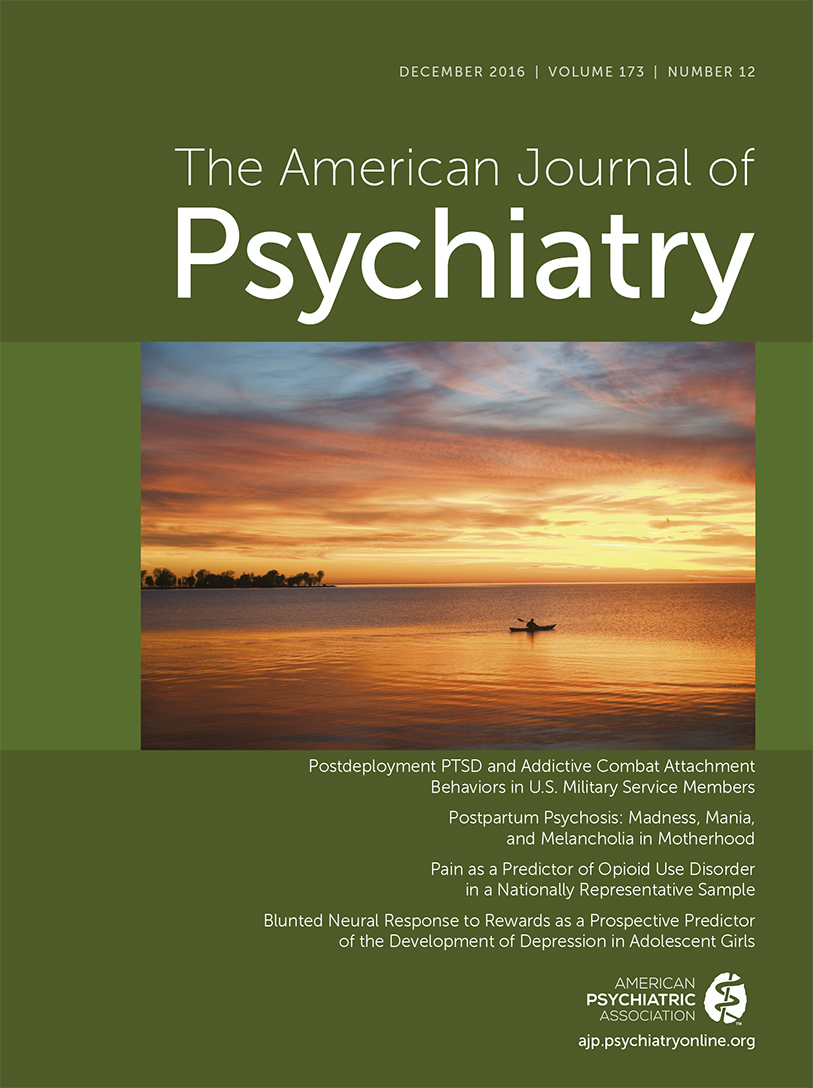Abstract
Objective:
Neurodevelopmental disorders (NDDs) (attention deficit hyperactivity disorder [ADHD], autism spectrum disorder [ASD], and obsessive-compulsive disorder [OCD]) share genetic vulnerability and symptom domains. The authors present direct comparison of structural brain circuitry in children and adolescents with NDDs and control subjects and examine brain circuit-behavior relationships across NDDs using dimensional measures related to each disorder.
Method:
Diffusion imaging and behavioral measures were acquired in 200 children and adolescents (ADHD: N=31; OCD: N=36; ASD: N=71; controls: N=62; mean age range: 10.3–12.6 years). Following Tract-Based Spatial Statistics, multigroup comparison of white matter indices was conducted, followed by pairwise comparisons. Relationships of fractional anisotropy with dimensional measures of inattention, social deficits, obsessive-compulsive symptoms, and general adaptive functioning were conducted across the NDD sample.
Results:
Lower fractional anisotropy within the splenium of the corpus callosum was found in each NDD group, compared with the control group. Lower fractional anisotropy in additional white matter tracts was found in the ASD and ADHD groups, compared with the control group, but not in the OCD group. Fractional anisotropy was lower in the ASD and ADHD groups compared with the OCD group but was not different in ADHD participants compared with ASD participants. A positive relation between fractional anisotropy (across much of the brain) and general adaptive functioning across NDDs was shown.
Conclusions:
This study identified disruption in interhemispheric circuitry (i.e., fractional anisotropy alterations in the corpus callosum) as a shared feature of ASD, ADHD, and OCD. However, fractional anisotropy alterations may be more widespread and severe in ASD and ADHD than in OCD. Higher fractional anisotropy throughout the brain appears to be related to better adaptive function across NDDs.



